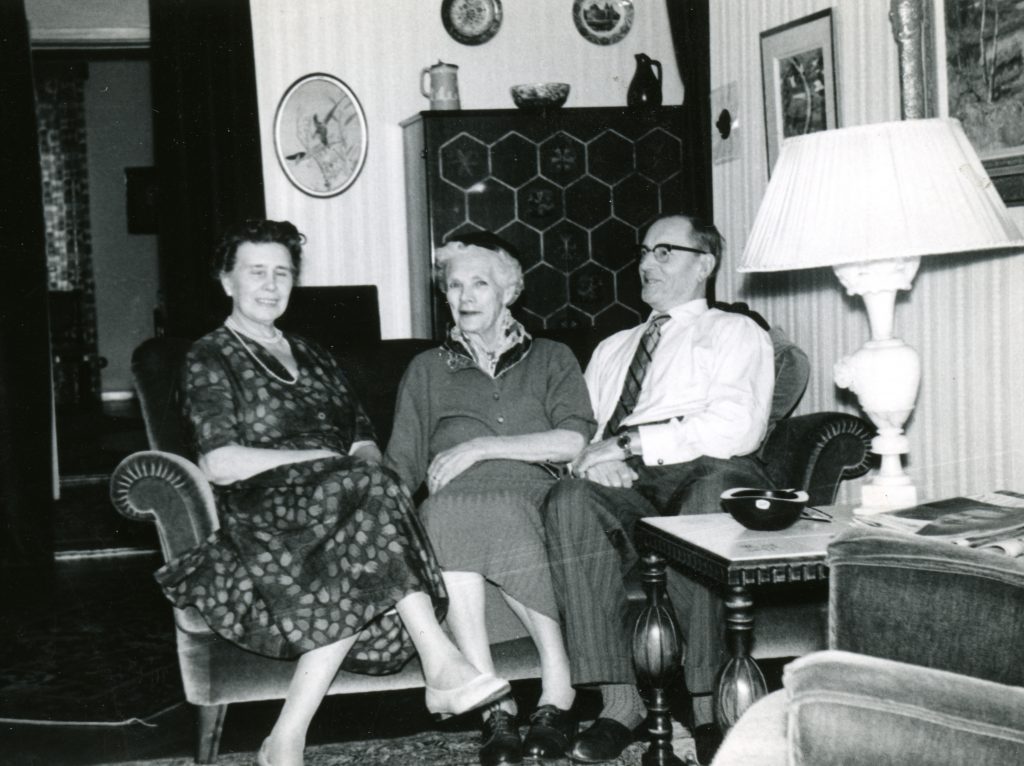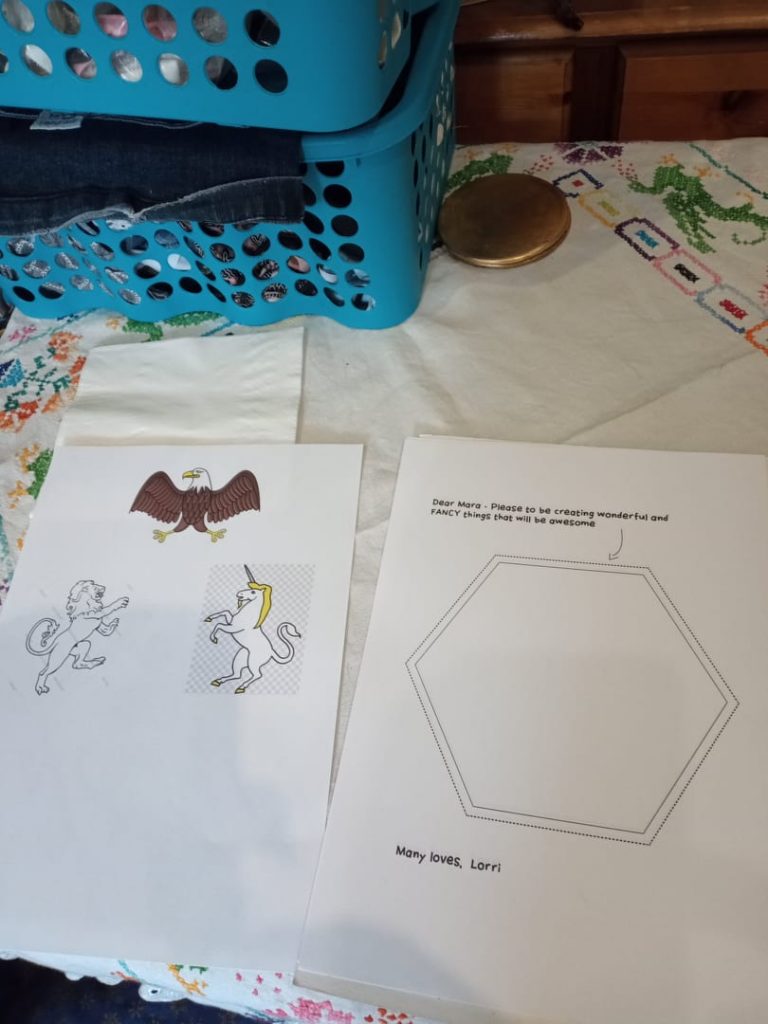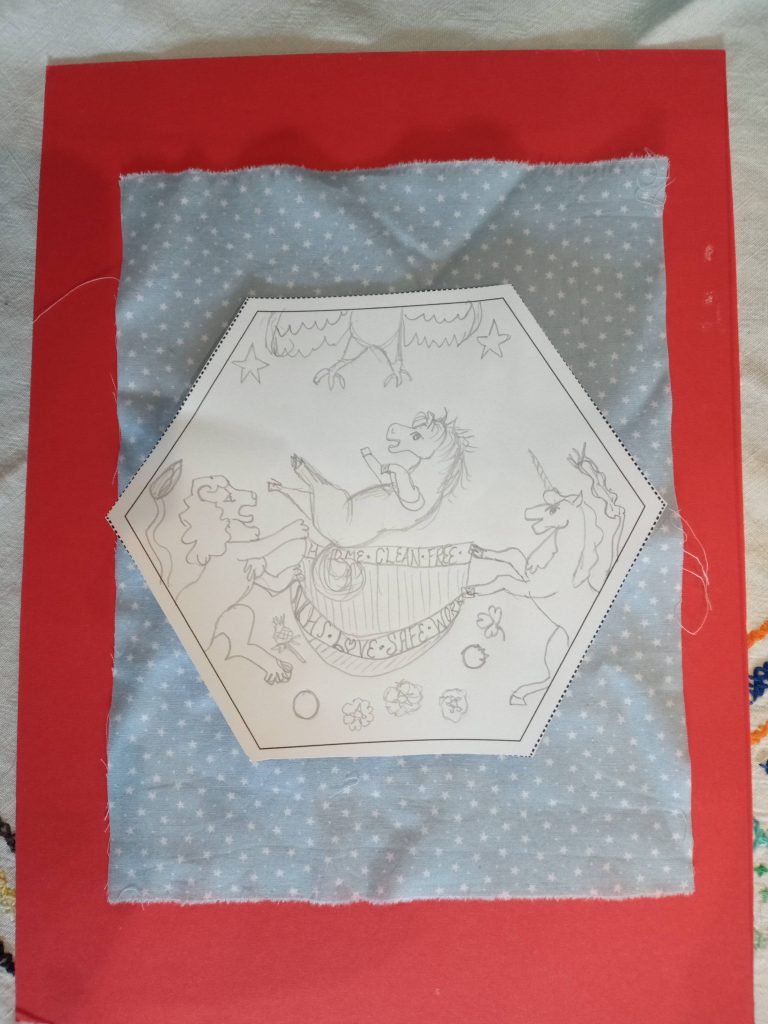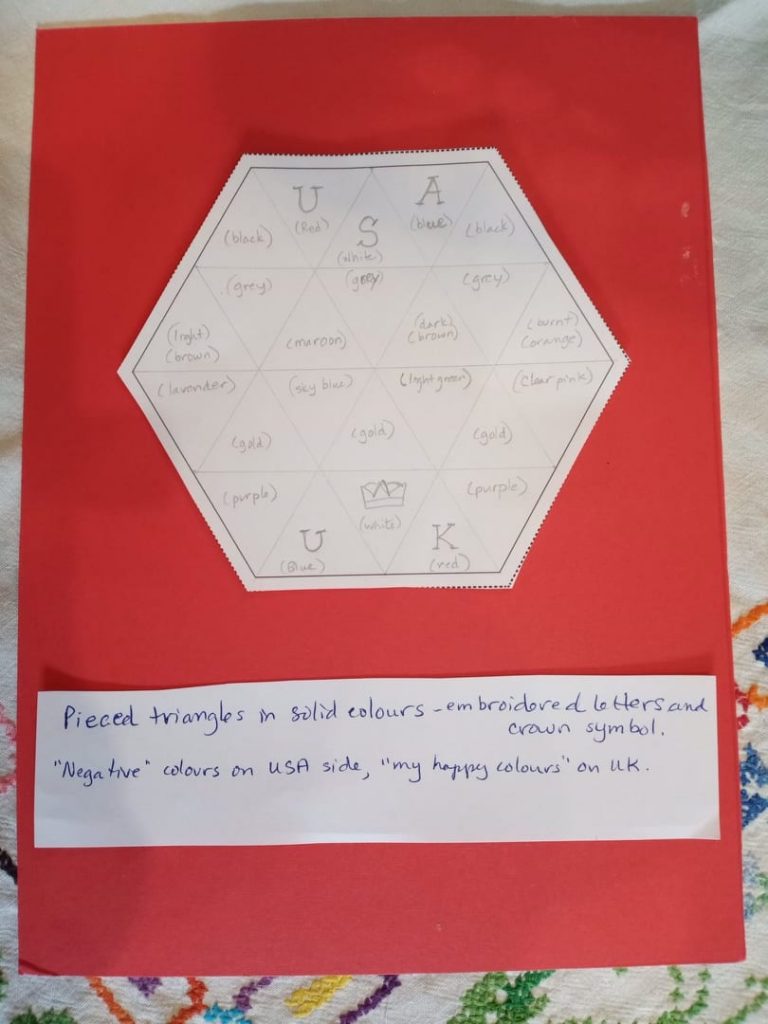Lecture with Alec Dudson
This week’s lecture focussed on marketing and promotion. Advice about writing press releases, using social media and diversifying your posts so that your audience isn’t inundated with multiple copies of the same promotional work were all very useful. From my own experience, I think that hiring a professional is the way to go. I am not terribly good at self promotion, and need an outside agent to help me understand my market and marketability. The point about discussing your ideas rather than the work itself is excellent, as so much of the subjective in a design is unimportant and easily changed, but if the core idea is sound it will work.
The point about press releases is definitely true and worth doing though! Having worked at a newspaper, I’ve seen first hand how overworked journalists will joyfully seize on a well written press release that they don’t have to fix up and run it straight.
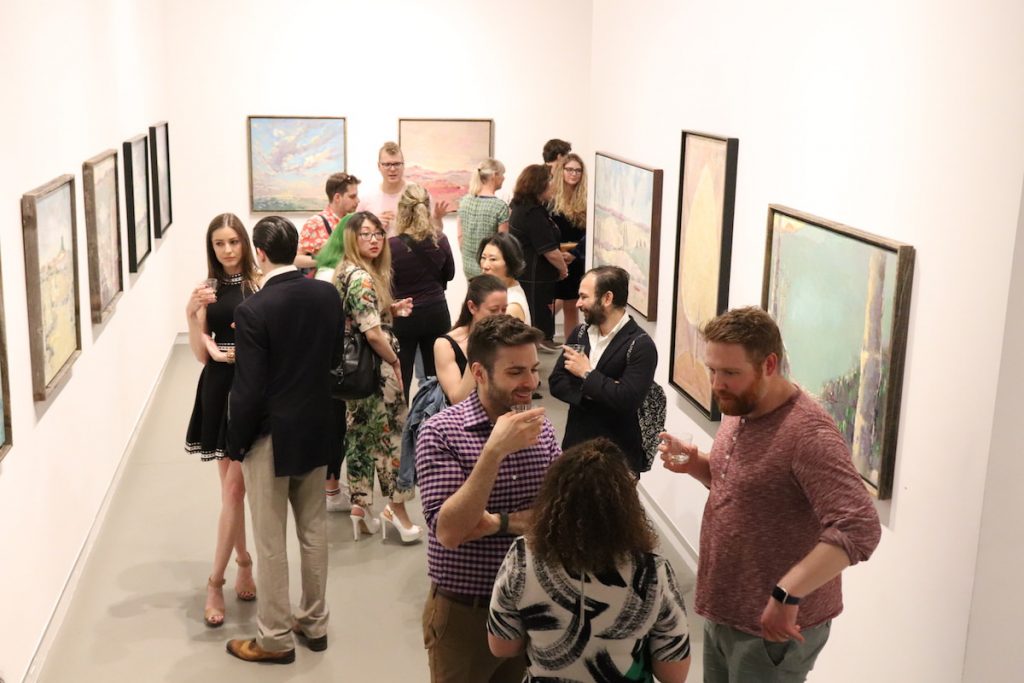
Brenda Berg has some simple tips for planning a marketing strategy for artists – while they are more focussed on a fine art, quite a few were still relevant to my study. She suggests:
- Focus on your vision
- Setting measurable goals
- Narrow down your audience
- Creating a game plan
- Don’t take shots in the dark
- Talk to a professional
(Berg 2018)
My project has expanded into a collaborative exhibition with an interactive digital tool, so I examined the issues I would face in organising it.
Funding the exhibition – This would be the first problem. I would want the exhibit to be free to attend, so crowdfunding is a possibility. Far better would be to win grants. The National Arts Council would be the first stop if the exhibition was UK based.
Finding a venue – could this be a travelling exhibition? Look into local community spaces or pop up venues as well as more traditional museum spaces. Possible museums such as the Migrant Museum in London or the Family History Library in Salt Lake City may be interested in hosting the exhibit.
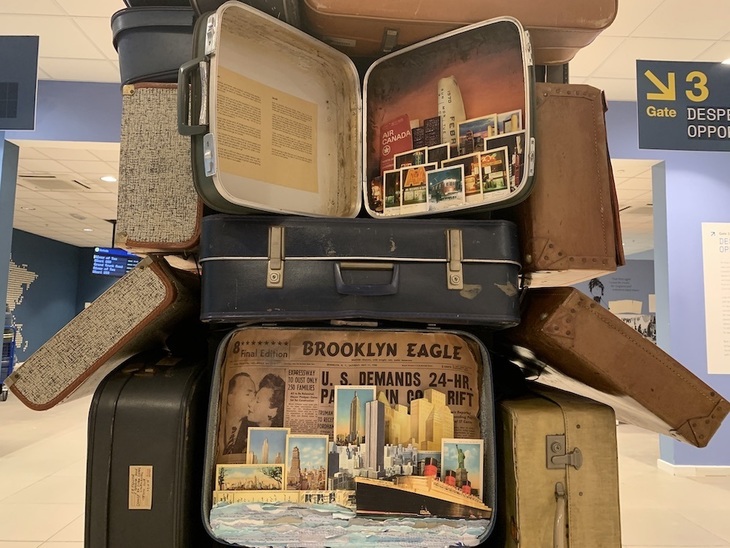
Finding collaborative partners – This is a tricky one! I could try writing a press release looking for interested partners, approaching artists I know or admire, or post an open call on social media. I created a template for a quilt square and approached a friend of mine who makes art pieces and textiles, and she was incredibly enthusiastic about the request. She responded with two personal, amusing and lovely designs and plans to stitch them as well. Two blocks down… many to go. I do feel that people respond very well to physical artefacts, the collaborative physical quilt is just as important to my exhibit as the digital version.
Producing the physical quilt – I have minimal experience with textiles and sewing. I feel confident I could create my own block, but not as confident about piecing the quilt or doing the final quilting. I would need to find a professional quilter to work with, either as one of the other exhibitors or outsourced to a professional service. This would require a portion of the budget for paying for the quilting as it is a highly skilled task utilising expensive equipment. The physical piece would anchor the exhibitors together in a real and tactile way, and one option would be to find a quilter with a programmable machine, enabling the group to design the stitchwork on the final piece as well.
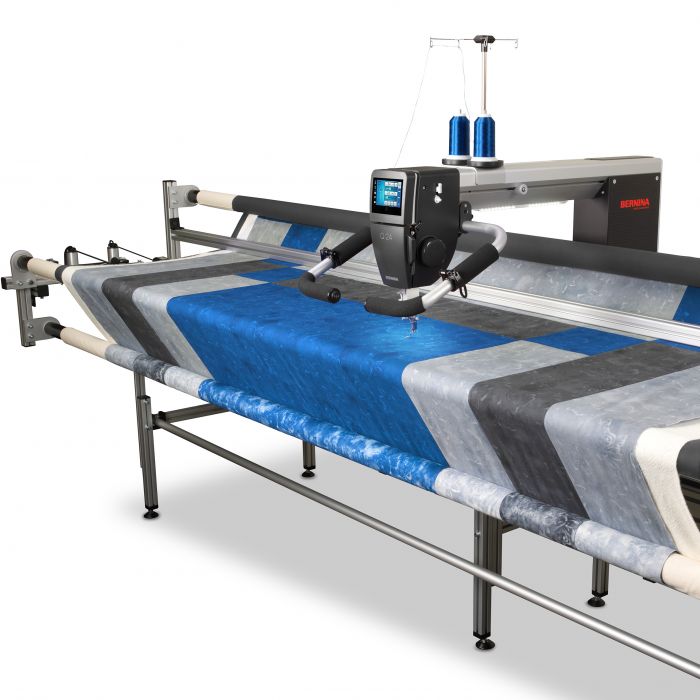
Producing the digital quilt – I would need to find and budget for a programmer. This may work in conjunction with finding a suitable digital interface. Several companies specialise in interactive media, such as Breeze Creative or ProDisplay. Alternatively, large touchscreens are more available to purchase, but would then need a bespoke system designed.
The digital quilt is quite complicated, as it would need to accept input from online users, update in real time, and be responsive to in person submissions as well. A stylus and a drawing/typing interface would also be needed for the in person platform. This would also require moderators, to ensure that graffiti or inappropriate submissions are not posted.
Using Figma, I have created a prototype of the digital quilt. When a quilt block it tapped, it reveals the story the user submitted. This could be limitless – stories, photos, drawings, poetry, the quilt grows along with submissions, and ideally could be searchable. Users could explore stories from specific regions, group submissions with hashtags, or simply explore organically – zooming in and out on the story quilt, and scrolling both horizontally and vertically.
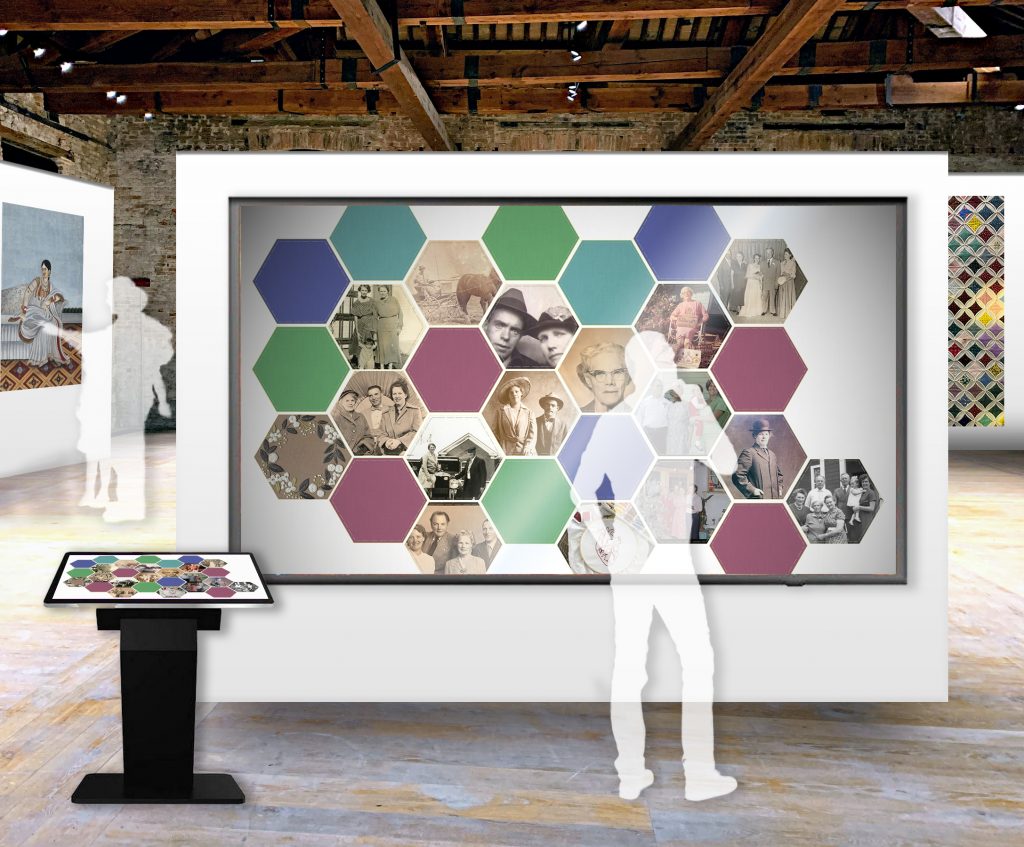
Using Adobe Animate, I’ve refined the prototype of the digital quilt, improving its functionality. It is now scalable and responsive, and the animations launch from their location instead of a random area to the bottom of the screen. I would need much more professional assistance to incorporate live updates and other more complicated features, but I’m pleased with the progress from the first iteration in Figma.
Promotion and marketing campaigns could be run in conjunction with the venue, using their current platforms and social media. Posters, leaflets and video would all be useful tools, as well as a website, both about the exhibit, and to showcase the digital quilt. Video promotion is especially important, creating a personal connection to an artefact or work in the exhibit – focus on telling a person’s story, past or present.
References
AGORA GALLERY. 2018. Artists and Guests during an Opening Reception at Agora Gallery. Agora-gallery.com. Available at: https://www.agora-gallery.com/advice/wp-content/uploads/IMG_1171.jpg [accessed 20 Aug 2021].
BERG, Brenda. 2018. “Planning a Marketing Strategy for Artists.” Agora Gallery – Advice Blog [online]. Available at: https://www.agora-gallery.com/advice/blog/2018/06/15/planning-marketing-strategy-artists/ [accessed 15 Aug 2021].
“Bernina Q24 – Large Frame.” 2021. Franknutt.co.uk [online]. Available at: https://www.franknutt.co.uk/bernina-q24-large-frame?of_tid=MFRWG5B5GI2TOJTGMVSWISLEHUYSM4DSN5SESZB5GM2DC&adGroupId=61000837592&device=c&gclid=Cj0KCQjwvO2IBhCzARIsALw3ASpCVy2RJxJxwTIPVyT85H2ew_dar4G1GqWZhBc__TQdQ1Cj2duB220aAlsBEALw_wcB [accessed 17 Aug 2021].
“Breeze Creative.” 2015. Breeze [online]. Available at: https://www.breezecreative.com/?gclid=CjwKCAjw092IBhAwEiwAxR1lRlKi8o7pB375pAoMftgEACvGle2QpJbQLNzxhMH-Lu0w-Awur160RhoCSZ0QAvD_BwE [accessed 14 Aug 2021].
DUDSON, Alec. 2021. Week 12 [lecture]. GDE710 for MA Graphic Design. Falmouth: Falmouth University 2020 [Accessed 15 Aug 2021]
MORAN, Michael. 2017. “The Top 10 Digital Interactive Display Walls – Mouth Watering Media – Medium.” Medium [online]. Available at: https://medium.com/mouth-watering-media/the-top-10-digital-interactive-display-walls-40b96066477c [accessed 14 Aug 2021].
“National Immigration Museum | Statue of Liberty & Ellis Island.” 2020. Statue of Liberty & Ellis Island [online]. Available at: https://www.statueofliberty.org/ellis-island/national-immigration-museum/ [accessed 11 Aug 2021].
TREWHELLA, Lorri. 2021. Photos from Personal Collection.
